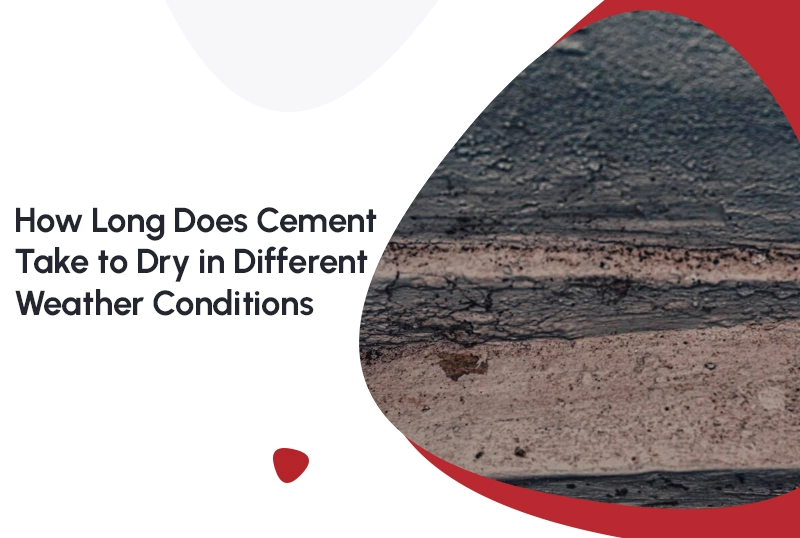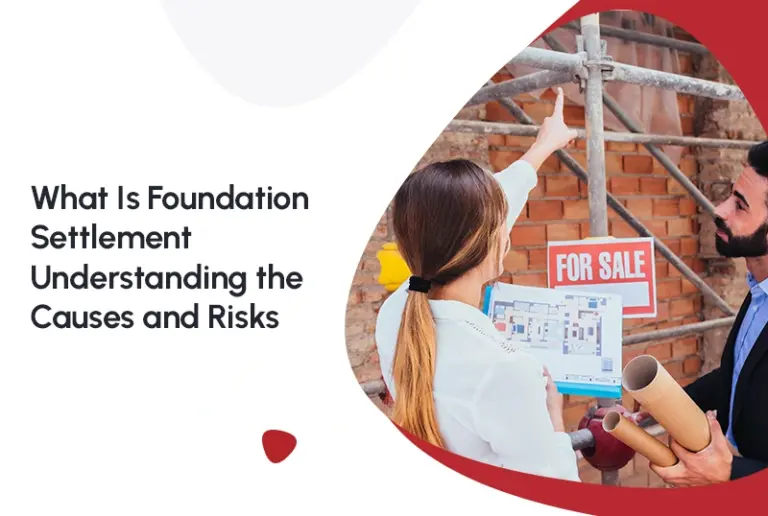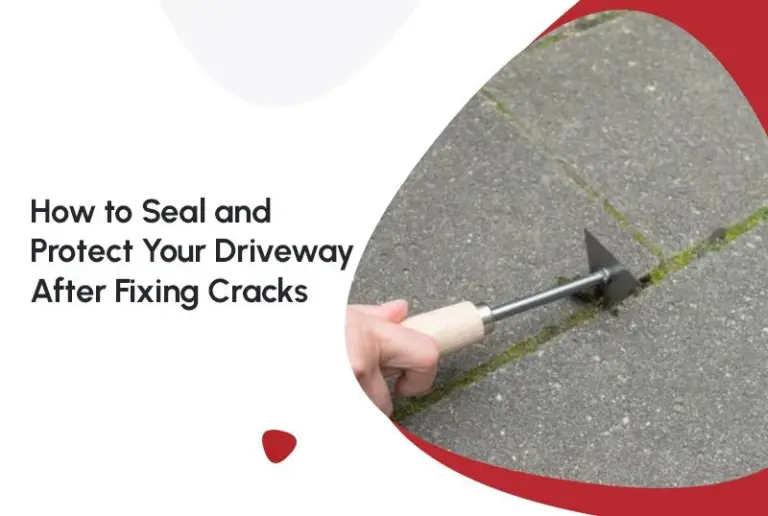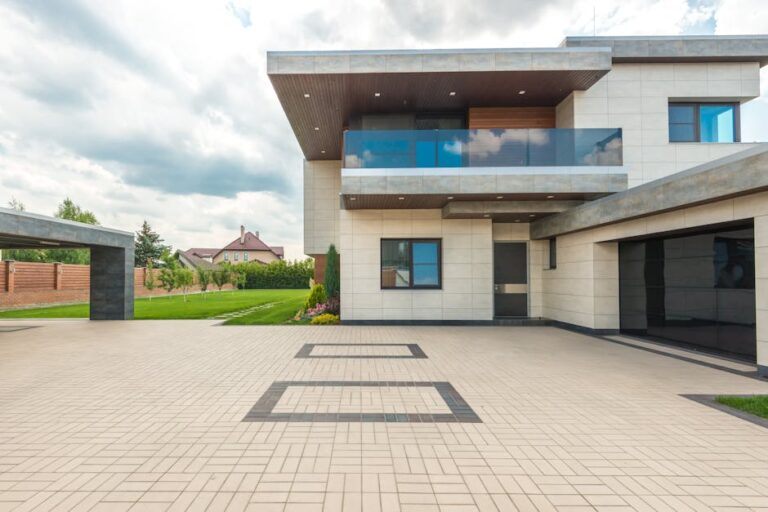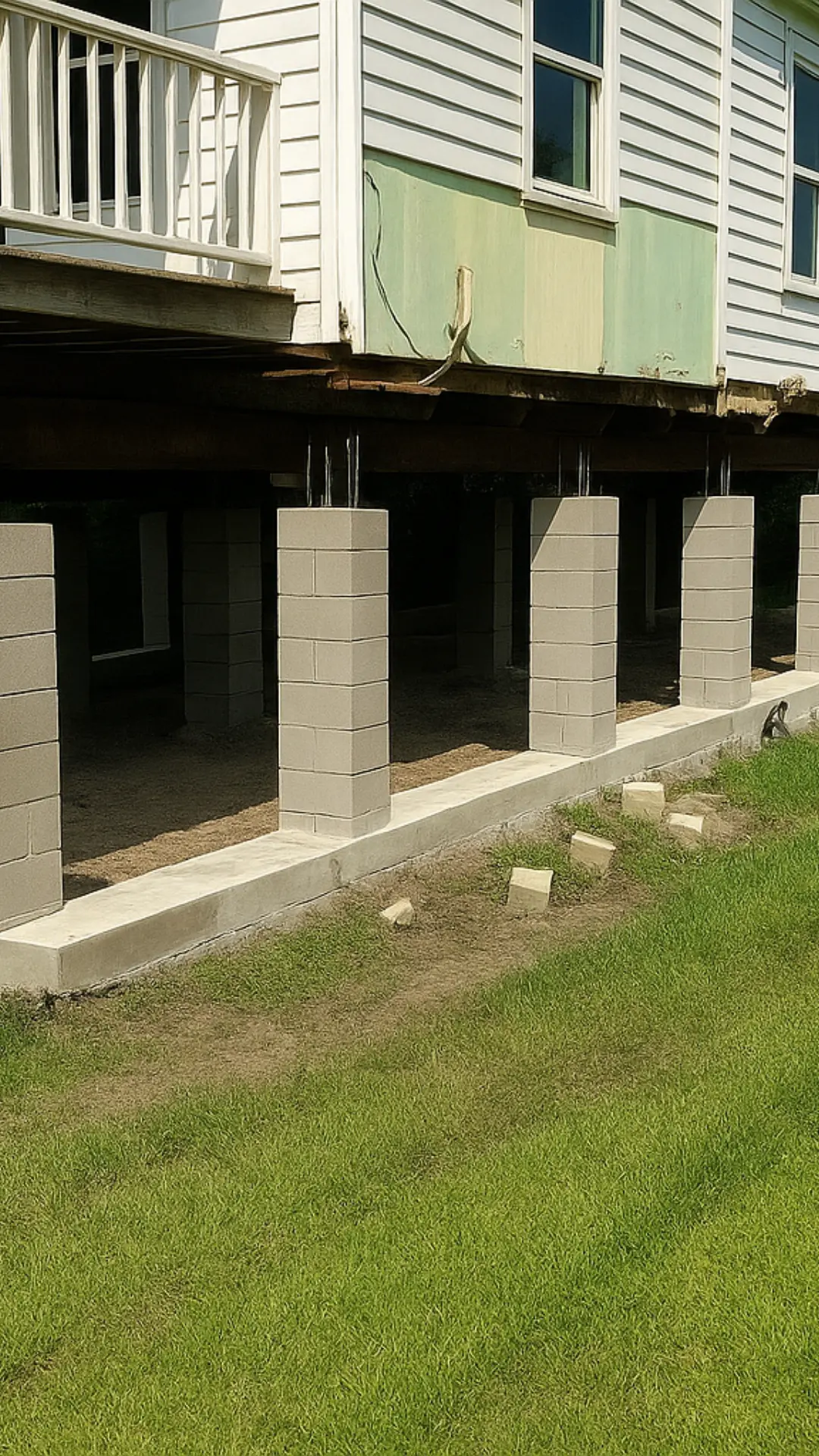Let’s face it—working with cement can feel like watching paint dry, literally. You’ve just poured a new driveway, foundation, or patio, and now you’re waiting for the magic to happen. But how long does cement take to dry in different weather conditions? And why does the weather seem to play such a huge role in cement curing?
In this blog, we’re going to dive deep into how long does cement take to dry based on the weather, what factors are at play, and why waiting for the perfect cure is essential for durability. Plus, we’ll sprinkle in a bit of fun, useful advice to help you keep your concrete in top shape, rain or shine.
Why Does Weather Affect Cement Drying?
Cement doesn’t just dry—it cures. During curing, a chemical reaction called hydration happens between the cement and water, causing the concrete to harden and gain strength. The environmental conditions, particularly temperature, humidity, and wind, can influence how quickly or slowly this process happens.
When the weather isn’t ideal, it can lead to spalling, weak spots, and delayed hardening. So, understanding how long does cement take to dry based on the weather conditions can help you avoid costly foundation repairs and future problems.
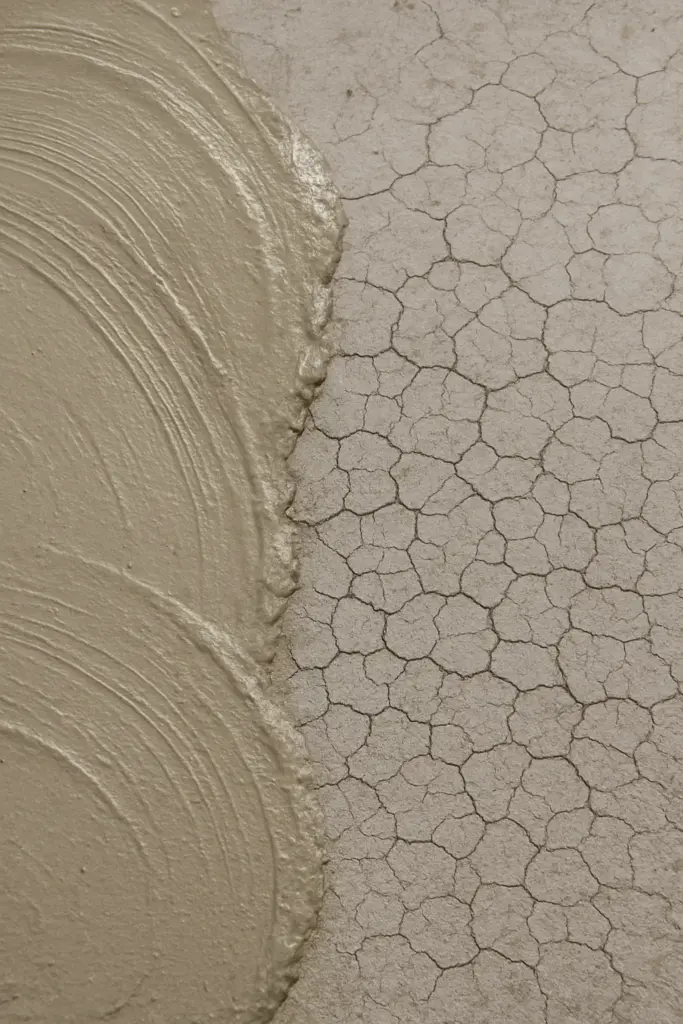
How Long Does Cement Take to Dry in Hot Weather?
Let’s start with the sunny side of things. Concrete loves warmth, but too much of it can cause problems.
Cement Drying Time in Hot Weather
In hot weather, cement can dry too quickly, and here’s why that’s a problem: rapid evaporation. When the water in the concrete evaporates too quickly, the curing process is compromised, leading to cracking, shrinkage, and weak spots. So, how long does cement take to dry in hot conditions?
- Initial Set: In high temperatures, your concrete can start setting in just 1–2 hours.
- Full Curing: Even though it may feel dry to the touch in a few hours, your concrete might still need 7–28 days to cure properly, depending on the weather and mix.
Tips for Working with Cement in Hot Weather:
- Keep the Cement Moist: Use wet burlap, mist the surface, or cover with plastic sheeting.
- Work in the Early Morning or Late Afternoon: Avoid midday sun when temperatures are the hottest.
- Use Retarders: Some concrete mixes come with retarders that slow down curing, giving you more time to work.
Pro Tip: If you’re building a slab on grade foundation, hot weather might require extra precautions to prevent the surface from drying too quickly.
How Long Does Cement Take to Dry in Cold Weather?
Cold weather is another double-edged sword when it comes to concrete. While cement doesn’t freeze like water, it can take much longer to cure in chilly temperatures. Cement needs heat to trigger the hydration process, and cold weather slows it down, which can lead to weaker concrete.
Cement Drying Time in Cold Weather
- Initial Set: Cement may take 6+ hours to start setting in cold conditions.
- Full Curing: In cold weather, the concrete might need longer than 28 days to cure fully, especially if the temperature is consistently low (below 50°F).
Tips for Working with Cement in Cold Weather:
- Use Warm Water: Mix the cement with warm water to give it a head start.
- Cover with Insulation: Use thermal blankets or insulated covers to trap warmth and maintain hydration.
- Avoid Freezing: If the temperature drops below 32°F, protect your concrete from freezing by using heating mats or enclosing the site.
How Long Does Cement Take to Dry in Moderate Weather?
Moderate weather, with temperatures between 50°F and 85°F, is the perfect environment for curing cement. In these conditions, how long does cement take to dry is ideal for optimal curing:
- Initial Set: Cement sets in 2–4 hours.
- Full Curing: Concrete cures fully in about 7–28 days, but you can expect strong results much sooner in moderate weather.
This is the perfect time to pour a foundation, sidewalk, or patio—the weather works with you, not against you.
Tips for Working with Cement in Moderate Weather:
- Regular Monitoring: Keep an eye on your concrete during the first few hours, even in ideal weather.
- Minimal Coverage: Mild temperatures don’t require as much protection but covering with plastic helps maintain moisture.
How Long Does Cement Take to Dry in Rainy Weather?
We all know that rain can be both a blessing and a curse for concrete. Too much water, and your freshly poured slab can become a soggy mess, especially if it hasn’t started setting yet. Here’s what to do:
Cement Drying Time in Rainy Weather
- Initial Set: Cement can start setting in about 4–6 hours, but rain can wash away surface materials if it’s too wet.
- Full Curing: As with all weather conditions, curing should still take 28 days, but excessive moisture can interfere with proper hydration.
Tips for Working with Cement in Rainy Weather:
- Cover the Concrete: Use plastic tarps or tents to protect your pour from rain.
- Wait for Breaks in the Rain: If possible, wait for a dry period to pour your cement or finish the job.
How Does Humidity Affect Cement Drying Time?
Humidity plays an important role in cement curing. In high humidity, the water in cement doesn’t evaporate as quickly, leading to slower drying times, but the hydration process can continue steadily.
Cement Drying Time in High Humidity
- Initial Set: Cement sets in 2–6 hours depending on the moisture in the air.
- Full Curing: While high humidity delays evaporation, it can also result in stronger concrete, as the hydration process is not interrupted.
Tips for Working with Cement in Humid Weather:
- Monitor Moisture Levels: While cement doesn’t dry too quickly in humid conditions, excess moisture can weaken the final product.
- Ventilate the Area: Ensure that the concrete can still breathe and keep the area cool to prevent excessive water retention.
According to Cement.org, cement gains 70% of its strength within the first 7 days, and its curing process continues for up to 28 days to achieve its full potential.
Final Thoughts
Now that you know the weather’s effect on cement curing, you’re ready to pour, cure, and wait with confidence. Whether it’s the scorching sun, chilly weather, or unexpected rain, understanding how to manage these elements can help you avoid common pitfalls and ensure long-lasting, durable concrete.
Whether you’re pouring a driveway, patio, or foundation, FNF Foundation is here to guide you through the process. Need professional help or advice on cement curing and foundation work? Contact us today for expert consultation and seamless concrete installation.
Frequently Asked Questions About Cement Drying
Q1: How long does cement take to dry before walking on it?
A: You can walk on cement after 24 to 48 hours; however, avoid placing heavy loads until it reaches full strength, usually after 28 days.
Q2: Does hot weather speed up the drying time?
A: Yes, hot weather speeds up cement drying, but it can lead to cracks and weaker surfaces due to rapid evaporation.
Q3: What should I do if it rains after pouring cement?
A: If it rains heavily, cover your cement with a tarp or plastic sheeting to prevent water damage and ensure proper curing.
Q4: Can I speed up cement drying?
A: Yes, using accelerators or applying heat can speed up drying in cold conditions, but it’s important not to rush the curing process, as it can weaken the concrete.
Q5: How long does cement take to dry for a foundation?
A: Foundations typically take 28 days to fully cure. However, initial strength develops in 7 days, and minor cracks are normal during curing.
